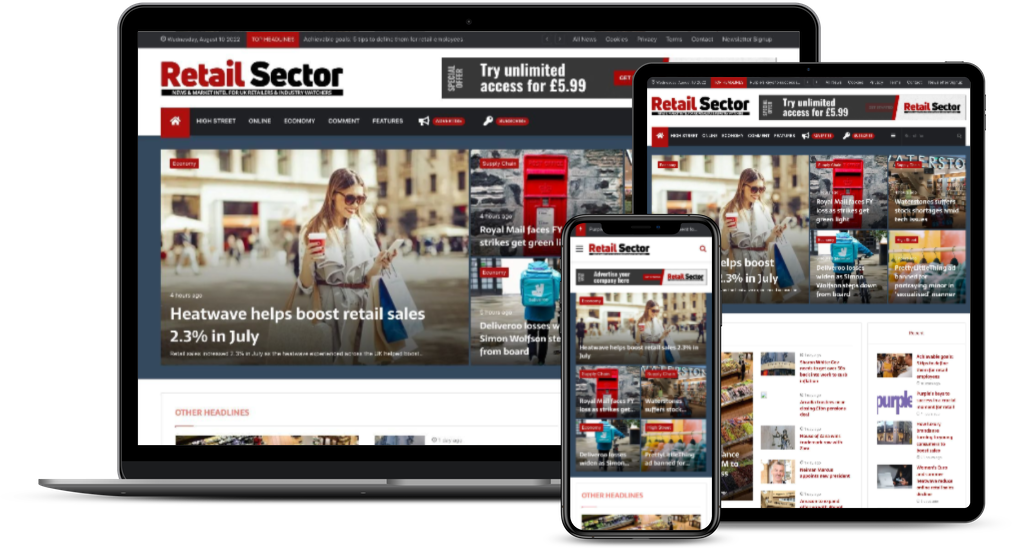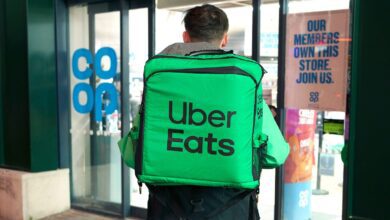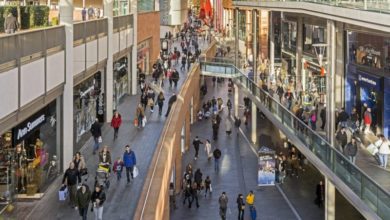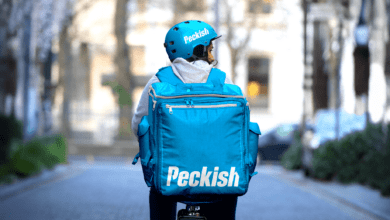The click-and-collect phenomenon

The UK retail landscape is facing unprecedented pressures as British shopping habits continue to undergo a radical transformation. With consumers crying out for a more interactive, seamless and personalised experience in-store, it can be difficult for retailers to know how to keep footfall.
Through merging the best of digital and real-life retail, there are things that can be done that have been demonstrated to have real, beneficial impacts. One of these is ‘click-and-collect’, which many brands have already embraced with resounding success.
Click-and-collect takes the convenience of online and marries it to the advantages of face-to-face shopping. What makes it particularly attractive to online shoppers is the control it offers. They pick up their item at a time and location that suits them and don’t have to worry about missing deliveries.
The feature has also presented some challenges for retailers who can struggle to tie together operations with legacy systems and infrastructure. So whilst click-and-collect was initially embraced, there’s been an increasing trend towards charging for the service. The need to ship and store stock for collections can drive the cost up as much as four times more than in-store purchases. This has become a growing issue when shipping stock from central locations to stores for collection rather than fulfilling orders with existing in store stock.
By charging a collection fee for smaller purchases, retailers are encouraging consumers to use click-and-collect selectively, reducing the financial burden incurred through storage of goods, staff wages and associated costs. But our research shows over three-quarters of consumers would abandon a purchase if charged for click-and-collect. Retailers therefore need to take the long view of the holistic benefits the service offers in helping to drive in store traffic, which can lead to unplanned, secondary purchases. In fact, analysis shows 56% of shoppers buy extra items when they click-and-collect – up from 43% in 2016.
One retailer embracing click-and-collect is toy store The Entertainer. By embracing and actively encouraging click-and-collect as part of a wider transaction processing strategy, The Entertainer introduced an entirely paperless, 30-minute collection service which saved on administration and reporting time, streamlining back-office functions. Most importantly, it did this while meeting customer needs, allowing them to grow in a highly competitive retail sector.
With click-and-collect set to account for 10% of all online sales by 2025, now is the time for high street retailers to make it a key component of their strategies. We’re seeing constant evolutions of the model, with retailers developing brand partnerships to aid their ongoing fight to ensure shopping reflects the new era of convenience.
Examples of successful brand tie-ups include Argos and Sainsbury’s, and the Co-operative’s partnership with online giant Amazon. Consumers win with the ease of additional click-and-collect; Argos and Amazon benefit by not having to invest in stand-alone retail operations and Sainsbury’s and the Co-operative benefit from having additional footfall in store.
Despite the headlines, it’s important to remember bricks and mortar stores still hold an important place for the modern consumer’s shopping journey. Successful retailers will recognise that you can’t put a price on convenience in the modern era. Doing so potentially jeopardises cross-sell opportunities, not to mention customer loyalty.
By Pete Wickes, SVP Corporate UK and Europe, Worldpay Inc








